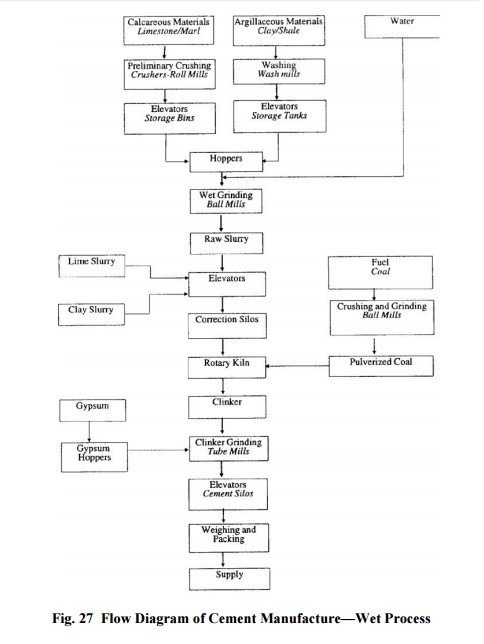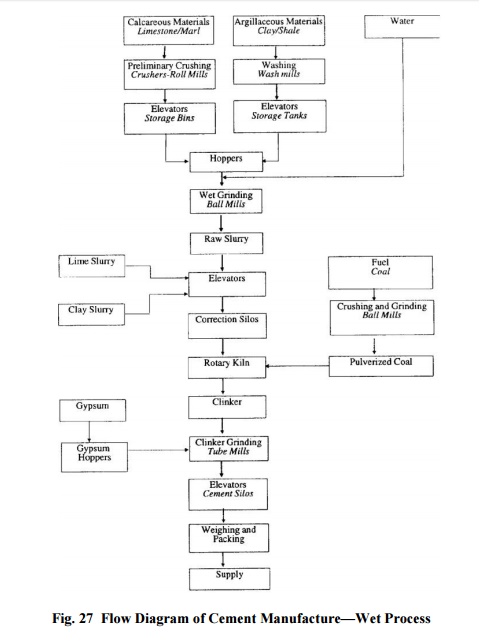Chapter: Civil : Construction Materials: Lime, Cement, Aggregates, Mortar
Testing Of Cement

Testing Of Cement
Experience has shown that it is
practically impossible to make large quantities of cement without any variation
in quality. To be sure, some mills working with raw materials which run very
uniformly and using the best of equipment and methods of operation will have
very few unsuccessful 'burns' in a year, whereas others will be less fortunate.
Nevertheless the consumer has little chance of ascertaining how his particular
consignment of cement was made; therefore, if he has under way a construction
of any importance, he ought to satisfy himself regarding the quality of his
purchase. He should test his cement not only to see that he gets what he has
paid for but also to forestall the possibility of a failure through the use of
defective material.
In engineering construction the
main qualifications demanded of a cement are permanency of structure, strength,
and a rate of setting suitable to the demands of the work. To determine these
qualifications, both physical and chemical tests are made, the former, on
account of importance, more often than the latter.
As a
result of long experience the physical tests which have come into general use
in determining the acceptability of cement are: (1) soundness or constancy of
volume, (2) strength,(3) time of set or activity, and (4) fineness. In order
that the results of such tests made by different parties may accord as nearly
as possible, it is necessary that a standard method be rigidly adhered to and
that only experienced operators, who fully appreciate the necessity of
eliminating personal equation from all manipulations, be employed.

Related Topics